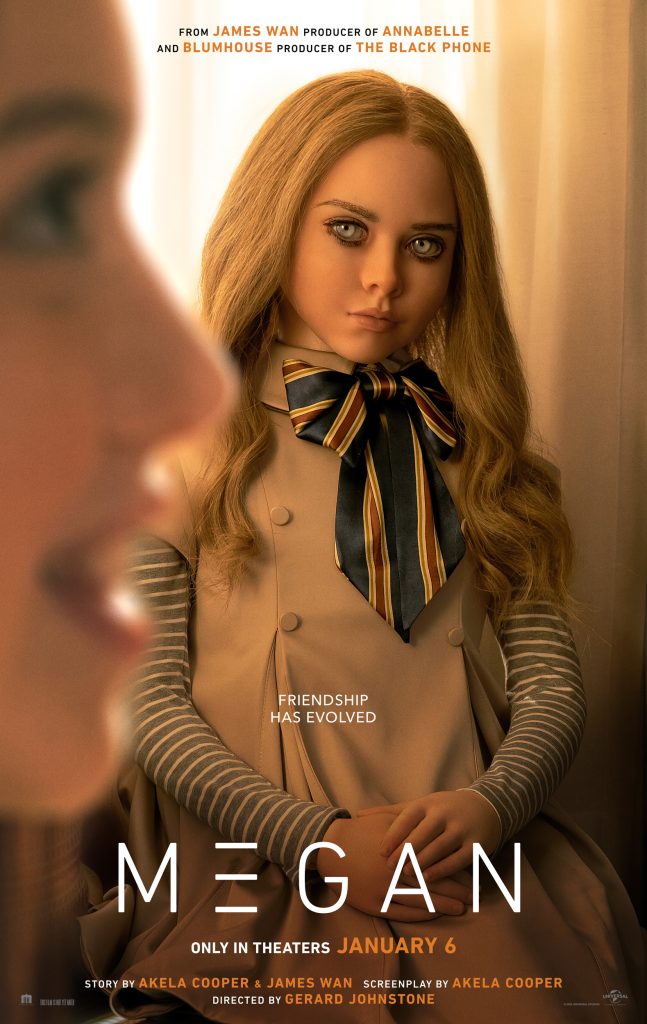Have you ever wanted to live in a house that comes with built-in bragging rights? Maybe you’re an aspiring writer hoping to channel the spirits of your literary predecessors. Or maybe you just love historical homes! If you have a few spare million lying around, you’re eligible to snatch up one of these historic properties with literary merit. Let’s check out a few currently on the market, just for funsies, listed in order of absurd prices (and then we’ll come back down to earth and check out some homes we can simply visit.

Location: Gore, Virginia
Price: $200,000 USD
Though Willa Cather is mainly known for her Great Plains trilogy (O Pioneers!, The Song of the Lark, and My Ántonia), she was born on this Virginia property in 1873. It was her grandmother’s home, and Cather only lived in it for about a year before her parents relocated to Nebraska. But this old log house still served as inspiration for one of Cather’s novels. Sapphira and the Slave Girl takes place pre-Civil War, on a similar Virginian farm with direct influence from the local mill. The novel, Cather’s last, isn’t one of her best or most well-regarded (one of the more ham-fisted attempts to consider the suffering of enslaved people), but still, historical value! The house is a registered historical landmark but has unfortunately fallen into major disrepair, so whoever purchases it will have to invest thousands more to get it back into shape (seems like the Cather family has set up a GoFundMe).

Mary Shelley and Percy Bysshe Shelley’s Townhouse
Location: Marlow, Buckinghamshire, UK
Price: £830,000 ($1.4 million)
This idyllic little cottage-style townhouse was the home of literary power couple Mary and Percy Shelley until poor health (and the threat of debtor’s prison) had them uproot to Italy. The house’s particular claim to fame is that Frankenstein was published while the couple lived here, as was Percy’s poem “Mont Blanc.” It also played host to many significant visitors! At the time, the row of townhouses formed one large house dating to the 16th century; it was divided into four smaller homes once the duo left. This date means the building is Grade II listed which, as viewers of British property search shows will know, indicates a protected class that prohibits much remodeling. Judging by the photos, though, it looks absolutely cozy and move-in ready! Perhaps not as goth as Shelley fans might like, but surely those white walls can be painted.
Continue reading